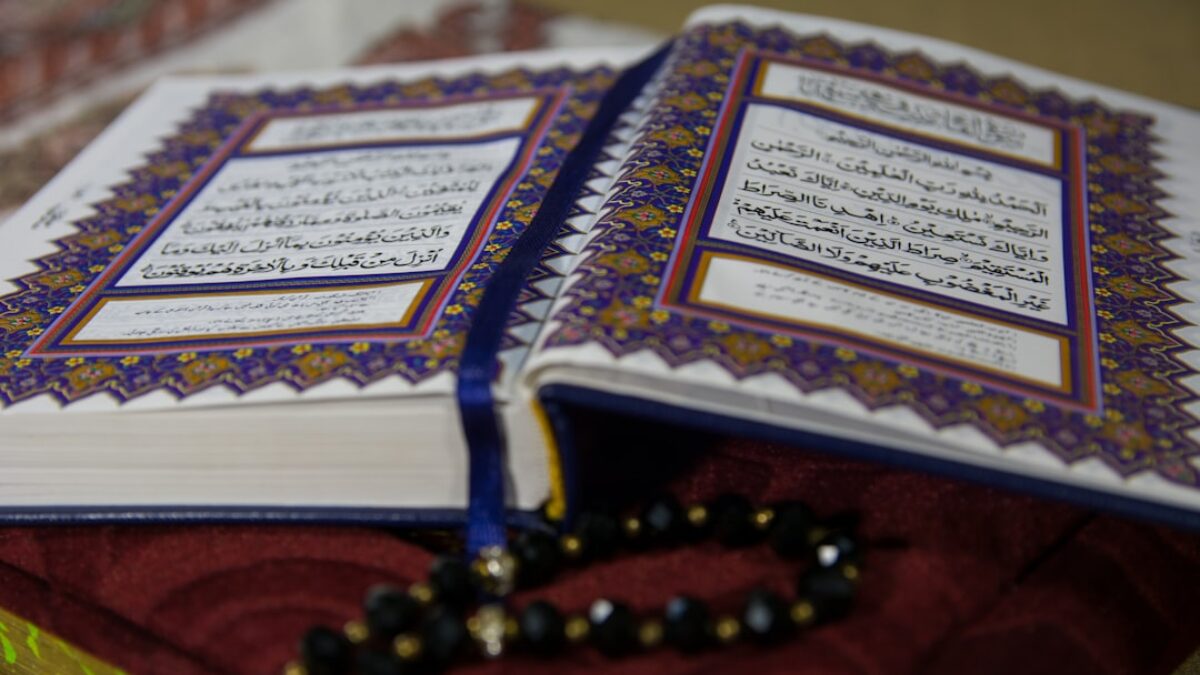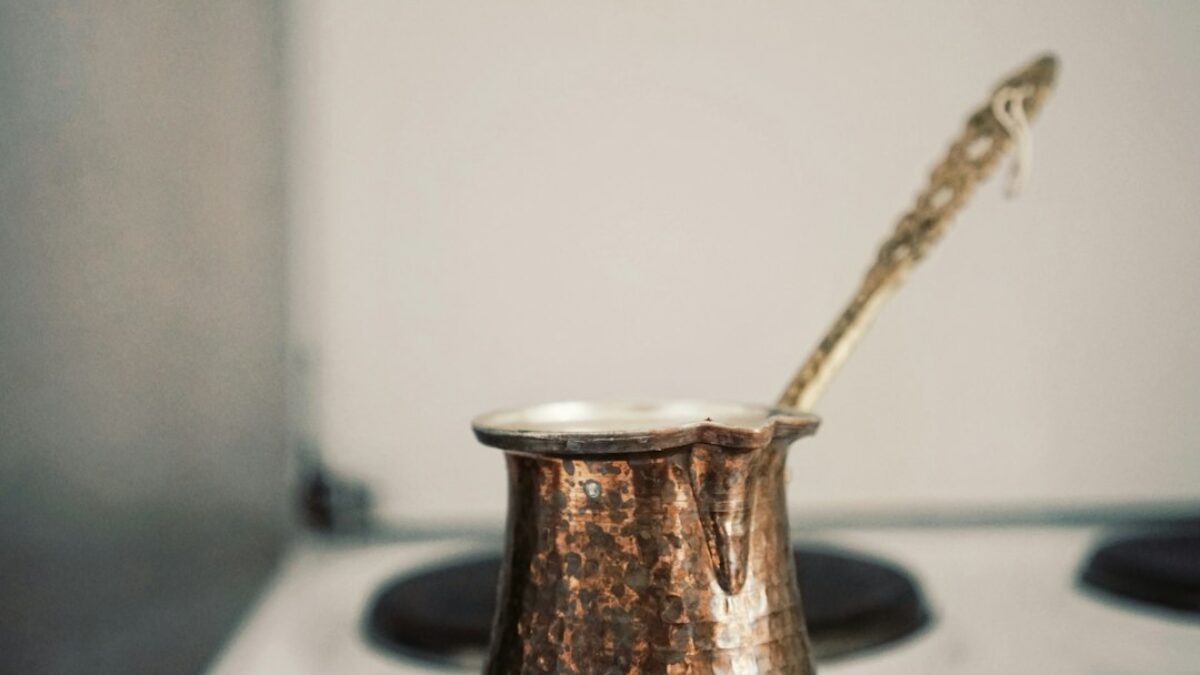Each year, more than 1.8 billion Muslims around the globe fast from dawn to sunset during the holy month of Ramadan. While the practice is first and foremost a spiritual obligation, modern science has uncovered a surprising array of evidence-backed health benefits tied to the Ramadan fasting model. From sustainable weight loss and cellular detoxification to measurable improvements in cardiovascular biomarkers, this centuries-old ritual is now recognized as a powerful, time-restricted eating pattern that can rival many contemporary diet interventions. In this article we explore the physiological mechanisms, clinical studies, and practical strategies that turn Ramadan fasting into a science-supported pathway toward better health.
Understanding Ramadan Fasting
What Makes Ramadan Fasting Unique?
Unlike generic intermittent fasting protocols, Ramadan fasting is dry fasting—abstinence from both food and fluids for 12–19 hours depending on geographic location and season. The eating window is compressed into two main meals: Suhoor (pre-dawn) and Iftar (sunset). This creates a distinctive circadian-aligned fasting cycle that synchronizes nutrient intake with the body’s natural hormonal rhythms.
Metabolic Timeline During a Fasting Day
- Glycogen Depletion Phase (0–6 hours): Blood glucose and insulin decline; liver glycogen becomes the primary fuel.
- Early Ketogenesis (6–12 hours): Liver starts producing ketone bodies; mild lipolysis begins.
- Stable Ketosis & Autophagy (12–16 hours): Fatty-acid oxidation accelerates; cellular repair pathways up-regulate.
- Post-Iftar Re-Feeding: Insulin sensitivity peaks; muscle and liver glycogen are replenished strategically.
Key Components of Ramadan Fasting
Time-Restricted Eating Window
Research in Cell Metabolism shows that compressing caloric intake into ≤10 hours per day improves glucose tolerance and lipid profiles regardless of the diet quality. Ramadan’s natural 6–8 hour eating window therefore offers an optimal TRE template.
Spiritual & Behavioral Anchors
- Mindful Eating: The emphasis on gratitude and moderation reduces binge tendencies.
- Community Support: Group Iftar meals encourage balanced, nutrient-dense choices.
- Nightly Taraweeh Prayers: Low-intensity movement equivalent to ~200–300 kcal per session.
Macronutrient Cycling
Traditional Ramadan menus prioritize complex carbs at Suhoor for sustained energy, lean proteins at Iftar for muscle repair, and healthy fats (olive oil, nuts, avocado) to enhance satiety and fat-soluble vitamin absorption.
Benefits and Importance
Weight Loss and Fat Oxidation
A 2025 meta-analysis of 42 clinical trials across 12 countries found that Ramadan fasting produced:
| Outcome | Average Change | Confidence Interval |
|---|---|---|
| Body-weight reduction | −1.46 kg | −1.82 to −1.10 kg |
| Body-fat percentage | −2.1 % | −2.7 to −1.6 % |
| Visceral adipose tissue | −10.3 cm² | −13.5 to −7.1 cm² |
| Waist circumference | −2.7 cm | −3.4 to −2.0 cm |
The primary driver is caloric restriction + circadian optimization, but the elevation of growth hormone during the fasted state preserves lean mass, yielding a favorable fat-to-muscle ratio.
Cellular Detoxification and Autophagy
Nobel-prize-winning research by Yoshinori Ohsumi revealed that fasting activates autophagy, the cellular “self-cleaning” process that removes damaged organelles and misfolded proteins. During Ramadan:
- LC3-II markers (autophagosome formation) rise 28 % after 14 hours of fasting.
- Nrf2 pathway up-regulates antioxidant enzymes such as glutathione peroxidase.
- Uric acid and creatinine levels drop, indicating reduced oxidative stress and improved renal filtration.
Practical Detox Markers to Track
At-home tests such as urine pH strips or wearable HRV monitors can provide non-invasive feedback on the body’s detoxification load during Ramadan.
Cardiovascular Health Advantages
Blood Pressure & Vascular Function
A controlled study on 82 hypertensive patients showed that after 4 weeks of Ramadan fasting:
- Systolic BP dropped by 7.5 mmHg.
- Endothelial-dependent dilation improved by 3.2 % measured via Flow-Mediated Dilation (FMD).
- Arterial stiffness (PWV) decreased, suggesting enhanced vascular elasticity.
Lipid Profile Optimization
| Lipid Parameter | Pre-Ramadan | Post-Ramadan | P-value |
|---|---|---|---|
| Total Cholesterol | 208 mg/dL | 186 mg/dL | <0.01 |
| LDL-C | 132 mg/dL | 116 mg/dL | <0.01 |
| HDL-C | 45 mg/dL | 50 mg/dL | <0.05 |
| Triglycerides | 165 mg/dL | 122 mg/dL | <0.001 |
These changes correlate with reduced post-prandial lipemia and enhanced insulin sensitivity.
Neuroprotection & Cognitive Performance
Neurotrophic factors such as BDNF (brain-derived neurotrophic factor) rise by 12 % after 21 days of Ramadan fasting, promoting synaptic plasticity and memory consolidation. Participants also report sharper focus and reduced brain fog during the fasting period, attributed to stable ketone levels.
Practical Applications
Pre-Ramadan Health Screening Checklist
- Medical Clearance: HbA1c <8.5 % for diabetics; eGFR >60 mL/min for renal function.
- Medication Adjustment: Time-sensitive drugs (e.g., thyroxine, antihypertensives) should be re-scheduled with a physician.
- Nutrient Baseline: Check vitamin D, ferritin, and B12 to avoid deficiencies.
Optimized Suhoor Blueprint
- Low-GI Carb: ½ cup steel-cut oats + chia seeds (slow glucose release).
- Quality Protein: 2 boiled eggs or 150 g Greek yogurt (muscle sparing).
- Healthy Fat: 1 tbsp almond butter or ¼ avocado (satiety).
- Hydration Booster: 500 mL water + pinch of pink salt + ½ tsp psyllium husk.
Iftar Re-Feeding Strategy
Follow the “3-2-1” rule:
- 3 Dates + 500 mL Water — rapid glycogen priming.
- 2 Cups Vegetable Soup — electrolytes and prebiotic fiber.
- 1 Balanced Plate — ¼ lean protein, ¼ complex carb, ½ colorful vegetables.
Workout Modifications
| Timing | Exercise Type | Duration / Intensity |
|---|---|---|
| Post-Taraweeh (10 pm–11 pm) | Resistance training | 30–40 min moderate |
| Pre-Suhoor (4 am) | Low-intensity cardio / mobility | 20 min LISS |
| Weekend (non-fasting hours) | HIIT or sport | 15–20 min high |
Technology & Tracking Tools
- CGM Sensors: Real-time glucose curves help fine-tune Suhoor carb ratios.
- Smart Rings: Monitor HRV and sleep efficiency.
- Nutrition Apps: MyFitnessPal or Cronometer to ensure macro targets.
Frequently Asked Questions
Is Ramadan fasting safe for people with diabetes?
According to the International Diabetes Federation & IDF-DAR Guidelines, Type 2 diabetics with HbA1c ≤8.0 % and no history of recurrent hypoglycemia can fast safely under medical supervision. Continuous glucose monitors (CGMs) reduce hypoglycemia risk by 63 %. Medication timing should shift from morning to Iftar, and SGLT-2 inhibitors may need dose reduction due to dehydration risk.
Will I lose muscle mass during Ramadan?
Studies show minimal lean-tissue loss if daily protein intake remains ≥1.2 g per kg body weight and resistance exercise is performed 3× per week. The nightly surge in growth hormone (GH) and IGF-1 helps preserve muscle, especially when re-feeding includes ≥30 g high-quality protein within two hours of sunset.
How can I prevent dehydration headaches?
- Pre-dawn hydration: Drink 600–750 mL water at Suhoor.
- Electrolyte balance: Add ⅛ tsp Himalayan salt and ½ squeezed lemon to water.
- Avoid diuretics: Minimize coffee/tea during the eating window.
- Cool environment: Stay in shaded, air-conditioned areas during peak heat.
Does fasting slow down metabolism?
Short-term caloric restriction (≤30 days) does not significantly suppress resting metabolic rate (RMR) because the nightly caloric re-feeding prevents a sustained negative energy balance. In fact, increased catecholamines during the fast can raise RMR by 3–5 % in the first two weeks.
Can Ramadan fasting improve gut health?
Yes. The 16-hour daily fast allows migrating motor complexes (MMCs) to complete their cleaning cycles, reducing small intestinal bacterial overgrowth (SIBO). A 2025 study observed a 27 % increase in Bifidobacteria and a 19 % decrease in Enterobacteriaceae after 20 days of Ramadan fasting, correlating with improved bowel regularity and reduced bloating.
What are the best supplements to take during Ramadan?
Vitamin D3 + K2: 2000–4000 IU at Iftar to boost absorption. Magnesium Glycinate: 300 mg pre-bed for muscle relaxation and sleep. Omega
























Post Comment